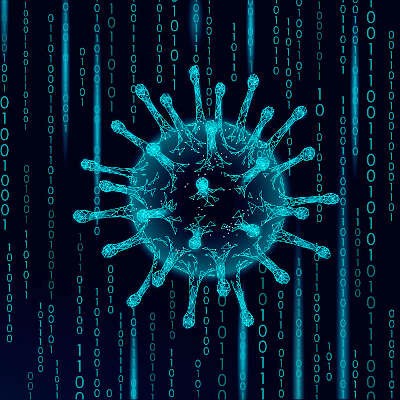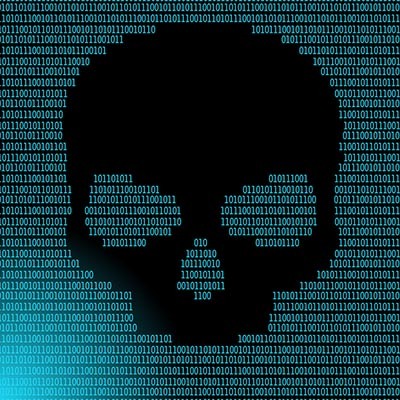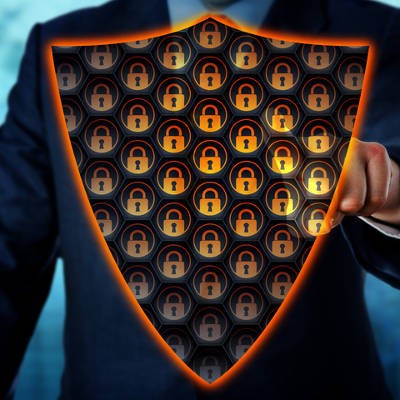Ransomware is a threat that has seen exponential growth in recent years. We have witnessed it grow from a minor annoyance to a considerable global threat. Even the U.S. Justice Department has issued a declaration that they would begin investigating ransomware in much the same way that they would terrorism cases. Let’s take a look at how this policy could change the way your business should respond to these threats.
BNMC Blog
Running a business of any size comes with more than its fair share of risks, particularly if that business is on the smaller side. One major risk factor is the prospect of cybercrime and the impact it can have on a business. Let’s look at how this particular risk can influence the challenges that businesses must now contend with.
For the small, but growing business, there are a lot of risks that could potentially harm their ability to stay in business. One of those risks comes in the form of cybercrime. Over the past several years, small and medium-sized businesses (SMBs) have improved the ways in which they combat cybercrime. Let’s take a look at some of the problems SMBs have to deal with.
It’s a common myth that Apple computers don’t get viruses. It’s not uncommon for a Mac user to chime in and say, “you should have gotten a Mac,” when a PC user mentions getting a virus or malware.
Let’s unpack this myth, and talk a little about how, no matter what technology you have, you need to protect it.
Ever since it first popped up in the Wuhan Province of China, COVID-19 (better known as the coronavirus) has created quite a stir—bordering on panic—around the world. Unfortunately, as has been the case many times before, cybercriminals have been using this near panic to support their attacks. Let’s review some of the ways they do so, and how you can protect yourself and your business from these efforts.
With data starting to be treated more like a commodity, companies are spending more time and money attempting to secure the data they have. Some organizations aren’t successful. In 2018, over 446.5 million records were exposed, even as data breaches dropped by 23 percent to 1,244. Back in early May we took a look at data breaches over the first four months of the year. Today, we update this list.
Security threats are commonplace in the business environment, as any organization that turns a profit is sure to hold valuable data that is of use to criminals. Some people have an easier time identifying threats than others, but with so many different types of threats out there, it’s no wonder that some have trouble handling these scenarios. Here is a guide on some of the more common types of malware, as well as what you should do to avoid a dangerous run-in with it.
Have you ever wondered what happens when hackers gain access to state-developed malware tools? Well, now you don’t have to; a type of malware called Double Pulsar, that has been utilized in the past by the NSA, was bundled with a Chinese hacking tool and used to carry out attacks on Hong Kong and Belgium in 2016. Needless to say, this threat is unnerving.
When asked how one can prevent threats from attacking a business’ infrastructure, one of the first answers that we’d give is to ensure that all patches have been applied. Doing so will help to stop an attack from infecting your systems, if a patch has been successfully developed. Unfortunately, the recent spread of the BCMUPnP_Hunter botnet is evidence that not enough people are appropriately patching their systems.
Ransomware doesn’t discriminate with its targets, as the city of Atlanta, Georgia now knows so painfully well. The city became the target of a ransomware attack that crippled many of its critical system workflows. The municipal government suffered from one of the most advanced and sustained attacks in recent memory.
Put yourself in the shoes of a cybercriminal. If you were to launch a ransomware attack, who would be your target? Would you launch an indiscriminate attack to try to snare as many as you could, or would you narrow your focus to be more selective? As it happens, real-life cybercriminals have largely made the shift to targeted, relatively tiny, ransomware attacks.
The Internet is rife with potential threats. Some are situational, but most are deliberate actions made by malicious entities who are trying to obtain any semblance of value from you or your company. Some of these exploits have been around longer than you’d imagine possible. This has been made evident by huge Internet-based companies such as PayPal and Facebook testing positive for a 19-year-old vulnerability that once allowed hackers to decrypt encrypted data.
If your business were to be struck by a Distributed Denial of Services (DDoS) attack, would it be able to recover in a timely manner? Do you have measures put into place to keep them from hampering your operations? While most organizations claim to have sufficient protection against these dangerous attacks, over half of them have simply proven to be ineffective against DDoS.
Technology plays a pivotal role in the way modern businesses function, and as a result it carries some element of risk. An example of this is how companies store electronic records. While the implementation of measures that are designed to provide greater ease of use and organization for a business’ employees make business move faster, it also makes it that much easier for a hacker to locate and steal data. Small and medium-sized businesses, in particular, are vulnerable, as they may not have dedicated IT security.
Ransomware is a tricky piece of malware that locks down the precious files located on a victim’s computer, then (in theory) will return access to them when a ransom has been paid. Depending on the files stored on a victim’s computer, they might simply blow it off and not worry too much about losing access to a couple of pictures or videos--but what if this ransomware threatened to expose your web browsing history?
You might take extreme measures to keep your business’s devices from contracting the odd virus or malware, but what if all of your efforts are for nothing? You could have the greatest preventative solutions out there, but you can still get infected by some nasty threats, the reason being that the device was infected before you even started using it. You might be surprised by how often this happens, even to wary business owners.
Ransomware is still on the rise, and the Federal Bureau of Investigation has labeled it as one of the biggest dangers to businesses of all kinds. Compared to other methods of spreading malware, ransomware has a unique return on investment that keeps hackers wanting more. One new variant of ransomware uses a phishing attack that’s tailored to your real-world address, which is exceptionally concerning for victims.






















